Cleaning Minneapolis Sewer & Drains
A Complete Guide to Residential Sewer Lines in the Twin Cities
Minneapolis and St. Paul, MN have a complex network of residential sewer lines that are essential for the proper functioning of the city’s sanitation and waste management systems. In this article, we will take a closer look at these sewer lines, including what a house’s main line is, whether insurance covers sewer line repairs, and the different types of sewer lines found in the Twin Cities area.
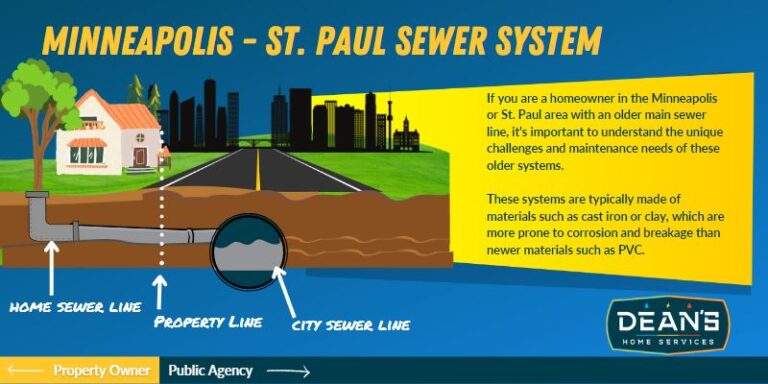
Anatomy of a Sewer System
830 miles of sanitary sewer is used just in the City of Minneapolis while approximately there are approximately 804 miles of sanitary sewer systems in St. Paul, MN. A residential sewer system is designed to efficiently and safely transport waste and water from the home to the city’s sewage treatment plant or septic tank. The system consists of the main sewer line, which is located underground and is connected to the home through a series of smaller pipes known as branch lines. The main sewer line is typically made of durable materials such as PVC or copper, and it is designed to withstand the pressure and wear and tear of daily use.
The branch lines are connected to various fixtures in the home, including toilets, sinks, showers, and appliances such as washing machines and dishwashers. These smaller pipes carry waste and water from the fixtures to the main sewer line, which then transports it to the city’s sewage treatment plant or septic tank for proper disposal.
The residential sewer system also includes a series of cleanouts, which are located at various points along the main sewer line. These cleanouts allow for easy access to the sewer line for cleaning and maintenance purposes.
Overall, this residential sewer system is designed to effectively and safely manage the waste and water from the home, ensuring proper sanitation and protecting the environment.
What is a Residential Sewer Line?
First and foremost, it’s important to understand what a house’s main line is. This is the main sewer line that carries waste and water from your home to the city’s sewage treatment plant or septic tank. It is usually located underground and is connected to your home through a series of smaller pipes known as branch lines.
Common Problems with Home Sewer Lines
One common problem that homeowners in Minneapolis and St. Paul may encounter is a clogged or damaged house main line. This can be caused by a variety of factors, including tree roots, grease build-up, or even broken pipes. When the main line becomes clogged or damaged, it can lead to serious issues, including raw sewage backing up into your home, foul odors, and water damage.
Does insurance cover sewer line repairs?
The answer is that it depends on the specific terms of your insurance policy. Some policies may include coverage for sewer line repairs, while others may not. It’s important to carefully review your policy and understand what is and is not covered. If your policy does not cover sewer line repairs, you may need to pay for these repairs out of pocket.
Types of main sewer lines Needing Repair found in Minneapolis St.Paul, MN
Now, let’s take a look at the different types of sewer lines found in Minneapolis and St. Paul. These cities have a mix of different types of sewer lines, including:
- Cast iron pipes: These pipes are made of cast iron and are known for their durability and long lifespan. However, they can become corroded over time and may need to be replaced.
- Clay pipes: Clay pipes were once a popular choice for sewer lines, but they are prone to cracking and breaking and are not as durable as other types of pipes.
- Copper pipes: Copper pipes are also a popular choice for sewer lines due to their durability and resistance to corrosion. However, they can be more expensive to install and may require more maintenance over time.
- Orangeburg pipes: Orangeburg pipes are made of a type of compressed paper and are not as durable as other types of pipes. They are more prone to breaking and may need to be replaced sooner than other types of pipes.
Signs that the sewer in your home is damaged?
Slow pipe drains
Clogs or backups
Foul smells from sewer gases
Pest infestation
Rotted flooring
Warped or separated wood floors
Tinted (raised) floor tiles
Loose or broken floor tiles
Water-logged flooring
Water-stained floor tiles & grout
Water-stained/discolored carpet or rug/mat
How long do home sewer lines last?
The infrastructure of the Minneapolis/St. Paul can actually be an interesting topic if you’re living in a home built before 1980, there were a variety of different types of pipes used to carry waste from your home to the mainline. Spoiler! They won’t last forever, especially if you have an older home.
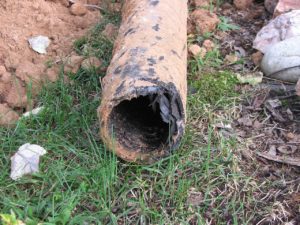
Materials Used For Pipes in the Twin Cities
Lead Sewer Pipes: Lead sewer pipes can last 100 years, but they are not without their dangers. Lead pipes are gray in color and can be easily scratched with a knife. If you have lead pipes, you will want to replace them immediately, as they can leach lead into the water supply.
Clay Sewer Pipes: Clay pipes typically last between 50-60 years. They have been in use since about 4000 BC in the widely agreed upon birthplace of city plumbing: Babylonia. While you are not likely to find any Babylonian-age clay pipes, it’s not uncommon to find these in homes built prior to the 50’s and occasionally in homes as late as the 70’s.
Replacing and Repairing Residential Sewer Lines
The residential sewer lines in Minneapolis and St. Paul play a critical role in the functioning of the cities’ sanitation and waste management systems. A house’s main line is the main sewer line that carries waste and water from your home to the city’s sewage treatment plant or septic tank. Insurance may or may not cover sewer line repairs, depending on the specific terms of your policy. There are several different types of sewer lines found in these cities, including cast iron, clay, PVC, copper, and Orangeburg pipes. It’s important to understand the type of sewer line you have and to properly maintain it to prevent issues and costly repairs.
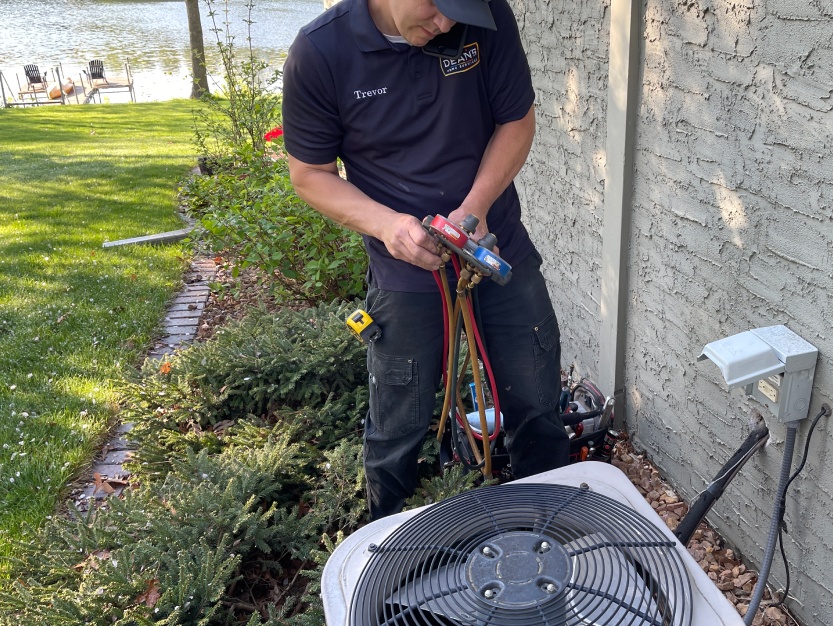
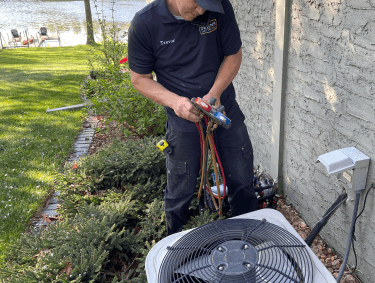



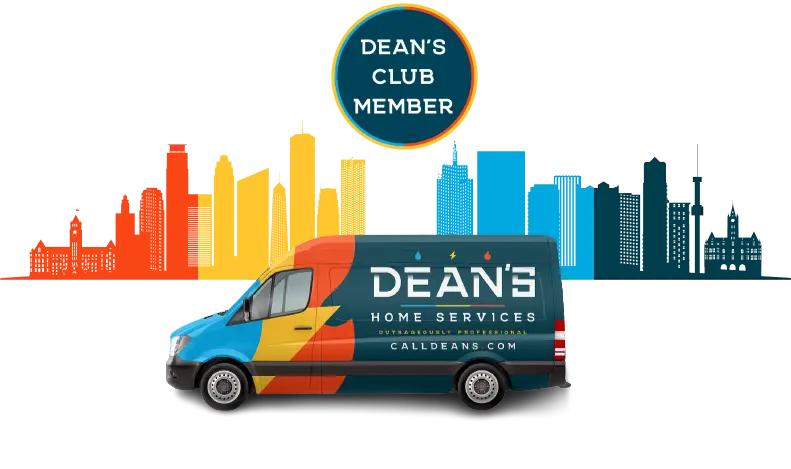
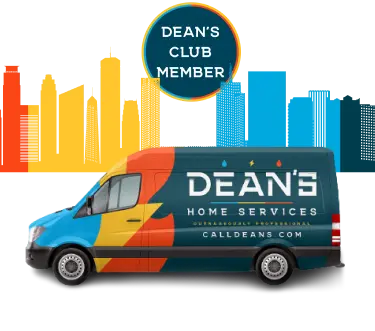
- Free annual evaluations
- 10% discount on repairs and equipment
- Priority scheduling
- No regular travel charges
- Discounted after-hours travel charges


